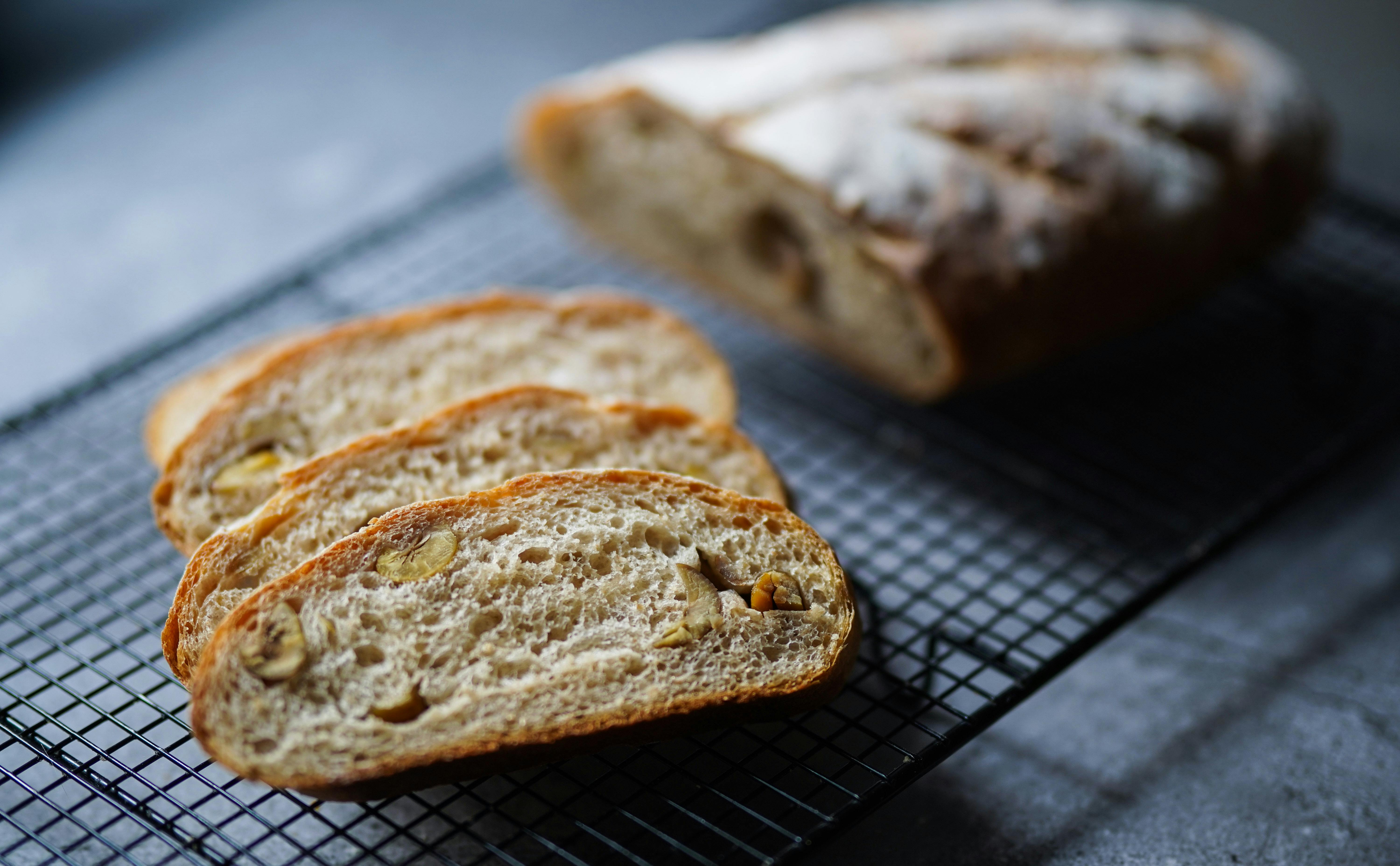Keto Food Pyramid: Your Comprehensive Guide to a Healthy Ketogenic Diet
The keto food pyramid serves as a vital framework for understanding the essential components of a ketogenic diet. As you embark on your journey through low carbohydrate eating, this guide will breakdown each level of the pyramid while highlighting rich information on macronutrients, **healthy fats**, protein sources, and vegetables. By the end, you'll have the tools necessary to plan your meals effectively, assist your weight loss goals, and enjoy delicious **keto recipes**.
Understanding the Ketogenic Diet
The ketogenic diet fundamentally focuses on high-fat intake coupled with low carbohydrate consumption. It is designed to facilitate the metabolic state known as **ketosis**, where the body uses fat as its primary energy source instead of carbohydrates. This shift can lead to various benefits including improved weight loss, **sustainable weight management**, and enhanced energy levels. Adopting a keto lifestyle means being mindful of what you eat, especially regarding your **macronutrients**.
What is the Keto Food Pyramid?
The keto food pyramid visually represents various food groups critical to maintaining a successful ketogenic diet. As the foundation of the pyramid, **healthy fats** such as avocado, olive oil, coconut oil, and nuts should compose a large portion of your daily intake. Above the fats, lean protein sources like meats, fish, and eggs follow, while low carbohydrate vegetables hold a vital place higher up the pyramid, contributing **dietary fiber** which is essential for digestive health.
The Role of Macronutrients in Keto
In order to achieve a successful transition into **ketosis**, monitoring your macronutrient balance is crucial. A typical target distribution includes approximately 70% fat, 25% protein, and 5% carbohydrates. Understanding these proportions will help inform your meal planning and ensure you consume the right types of foods to support keto-associated benefits. Incorporating **keto-friendly meals** that adhere to these macro goals promotes fat burning and improves **metabolic health**.
Benefits of the Ketogenic Diet
The benefits of following the ketogenic lifestyle are well-documented. First, it supports effective weight **loss** by encouraging the body to burn fat efficiently. In addition, keto can help to normalize blood sugar levels, making it an excellent choice for those dealing with **glucose intolerance** or concerns over **blood sugar levels**. Moreover, sustained ketosis often leads to improved appetite control and reduces cravings, enhancing your overall **eating patterns**.
Essential Foods in the Keto Food Pyramid
A key element of the **keto food pyramid** is identifying foods that will sustain your ketogenic journey. Focus on integrating various food groups that consistently supply the essential nutrients you need for optimal health. Here, we will explore crucial foods to include in your keto meals and those to avoid.
Healthy Fats: The Backbone of Keto
Fats should reign supreme in the keto diet, serving as the body's primary energy source. Incorporating **plant-based fats** like avocados, **coconut oil**, and **nuts** is essential. Additionally, culinary fats not only sweeten up your meals but also provide the nourishing inventory of fatty acids required for your body. Utilizing these fats can be greatly helpful in **meal prep** and lend a satisfying texture to various dishes, making meals both enjoyable and healthy.
Protein Sources: Choosing Wisely
Proteins should affect only 20-25% of your daily intake, thus it is essential to choose high-quality sources. Fatty fish, grass-fed meats, and free-range eggs offer optimal amino acid profiles while helping sustain **fat intake**. When selecting cheese, opt for those high in fat and low in carbohydrates to maintain compliance with the keto guidelines.
Low Carbohydrate Vegetables and Fiber
Incorporating **low carbohydrate vegetables** is crucial for overall health. Many options, like spinach, kale, and cauliflower, are low in net carbs yet rich in vitamins and minerals. These foods contribute to vital **dietary fiber**, essential for digestive health. A fiber-rich diet enhances gut health and can potentially prevent constipation commonly associated with low-carb diets.
Meal Planning and Recipes for Ketosis
A strategic approach towards **meal planning** not only keeps your diet organized but directly impacts the success of maintaining **ketosis**. Experimenting with diverse meal ideas and planning grocery lists will empower you on your keto journey.
Creating a Sustainable Meal Plan
Crafting a comprehensive weekly meal plan will guide your shopping strategy and prevent impulse purchases. Focus on ensuring your meals represent each layer of the keto food pyramid. Keeping **meal variety** high encourages adherence to the diet while keeping meals exciting. Recipe ideas could include creamy keto chicken alfredo for dinner, cabbage slaw with avocado for lunch, and scrambled eggs with broccoli for breakfast.**
Snacks and Quick Meal Solutions
Snacking can derail your diet quickly, so limiting processed and high-carb options is critical. Instead, opt for **keto snacks** like nuts, cheese, or even **dark chocolate** in moderation. Preparing small portions of **protein-rich foods** is an easy way to tide you over between meals while maintaining your macro goals. Also, prepared snacks allow for enjoying an on-the-go lifestyle without straying from your dietary intentions.
Utilizing Keto Supplements
Given the restrictive nature of the ketogenic diet, some individuals may find it beneficial to incorporate **keto supplements** for added support. These can include exogenous ketones for promoting ketosis, omega-3 fatty acids for tracking inflammation and cognitive health, and other vitamin and mineral supplements that ensure a wholesome intake of essential nutrients tailored to fight potential deficiencies.
Starting Your Keto Journey: Tips for Success
Navigating the keto lifestyle brings its challenges, but with sound strategies and **mindful eating**, you can thrive. Here are some effective tips to maximize your success.
Monitoring Macronutrients and Hydration
Utilize food tracking apps to monitor macronutrient intake and ensure you’re staying within your targets. Proper hydration is critical, especially as your body may experience fluid loss in the first stages of **ketosis**. Drinking water can curb hunger and maintain pain control while facilitating nutrient absorption.
Avoiding Common Mistakes and Pitfalls
Many new dieters encounter pitfalls, including inadequate fat intake, resulting in prolonged cravings or energy crashes. To prevent lapses in determination, reinforce food swaps and learn effective cooking techniques that align with your dietary guidelines. Knowing how to read labels will assist in mastering your grocery shopping as well.
Mindset Shifts and Meal Timing
Transitioning into a ketogenic lifestyle requires mental adjustments too. Embrace a **mindful eating** approach, whereby you acknowledge hunger cues and understand the emotional connections with food. Pay attention to **meal timing**, address meal frequency and adapt your plan around your lifestyle, including cooking times and eating occasions.
Key Takeaways
- The **keto food pyramid** highlights essential food groups, focusing on high-fat, low-carbohydrate nutrition.
- **Healthy fats** are paramount in maintaining keto principles and sustaining energy levels.
- Effective **meal planning** and spontaneous recipe experimentation are foundational for a successful ketogenic journey.
- Utilize targeted keto supports and tracking to ensure you maintain healthy metabolic balance.
- Approach the keto lifestyle with a mindset geared for success, focusing on nutrient intake and experimental cooking to keep motivation high.
FAQ
1. What foods are best for the ketogenic diet?
The best foods include healthy fats, high-protein options such as fatty fish and eggs, as well as low carbohydrate vegetables like spinach and zucchini. Integrating these foods will help you remain within your macro goals and support a successful journey through *ketosis*.
2. How does meal frequency affect ketosis?
Meal frequency can have an impact on your body’s ability to stay in ketosis. Eating less frequently can promote fasting effects, thereby extending the time spent in ketosis. However, it’s crucial to experiment with what meal frequency fits your energy and satisfaction levels without leading to excessive hunger or cravings.
3. Can snacks fit into a keto lifestyle?
Yes! **Keto snacks** like raw vegetables, cheese, or small portions of nuts can comfortably fit into your lifestyle while keeping macros in check. The key is to prepare these snacks thoughtfully to avoid unhealthy indulgence.
4. What are some common mistakes people make when starting keto?
A common mistake is neglecting fat intake and instead consuming greater proportions of protein or carbohydrates. It's essential to remember that fat should constitute the bulk of your calorie intake to encourage effective fat burning and weight management.
5. What are **keto-friendly fruits**?
Some examples of **keto-friendly fruits** include berries, such as strawberries and blackberries, and small portions of avocados. These options can allow you to enjoy some sweetness without derailing your carb counts significantly.
6. Are there any keto supplements one should consider?
Some beneficial keto supplements may include exogenous ketones to promote ketosis, MCT oil for quick energy, and electrolytes to maintain balance during transitioning into the diet. Always research or consult a healthcare professional before introducing new supplements to your routine.
7. How can meal prep be optimized for keto success?
Effective meal prep involves planning your week’s meals in advance, incorporating all levels of the keto food pyramid. Pre-chopping vegetables, cooking in large batches, and packaging meals into portions will save time while ensuring nutritious meals are at your fingertips on a busy day.


